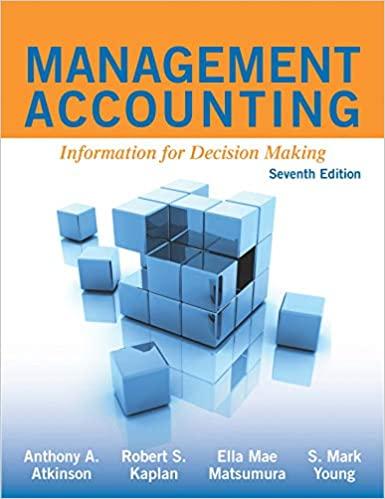







Samantha and Trevor are siblings that have started their own business. When they first created their business, they formed an S Corporation. They are considering changing to a C Corporation and but first want to know the tax implications to each of them individually as well as the corporation. Samantha owns 30% and Trevor owns 70% of the business. Samantha works full-time at the business and takes a salary of $50,000. For 2020, they expect their profits to be $550,000 before paying a salary to Samantha. They also plan on taking a total distribution of $90,000 (Samantha = $27,000 and Trevor=$63,000) For this project, assume that all business transactions are cash transactions. All business income of the S Corporation is eligible for Section 199A deduction for Samantha and Trevor. Use business income multiplied by 20% to calculate the Section 199A deduction. Samantha and Trevor also have other sources of income, which you will ignore, except that you need to know that Samantha's marginal tax rate is 24% and Trevor's marginal tax rate is 32%. You can ignore above the line deductions, itemized deductions and standard deductions when calculating taxable income. Part 1a: Based on the fact pattern above, answer the following questions for Samatha assuming the business is an S Corporation: 1. How much cash will she receive from the S Corp? 2. How much business income will be allocated to her from the S Corp? 3. What is her total income? 4. What is her Section 199A deduction? enter as a positive number 5. What is her taxable income? 6. What is her income tax? 7. How much cash does she have left after paying taxes? Part 1b: Based on the fact pattern above, answer the following questions for Trevor assuming the business is an S Corporation: 1. How much cash will he receive from the S Corp? 2. How much business income will be allocated to him from the S Corp? 3. What is his total income? 4. What is his Section 199A deduction? enter as a positive number 5. What is his taxable income? 6. What is his income tax? 7. How much cash does he have left after paying taxes? Part 2a: Based on the fact pattern above, answer the following questions for Samatha assuming the business is an C Corporation: 1. How much cash will she receive from the C Corp? 2. How much business income will be allocated to her from the C Corp? 3. What is her dividend income? 4. What is her total income? 5. What is her Section 199A deduction? 6. What is her taxable income? 7. What is her income tax? 8. How much cash does she have left after paying taxes? Part 2b: Based on the fact pattern above, answer the following questions for Trevor assuming the business is an C Corporation: 1. How much cash will he receive from the C Corp? 2. How much business income will be allocated to him from the C Corp? 3. What is his dividend income? 4. What is his total income? 5. What is his Section 199A deduction? 6. What is his taxable income? 7. What is his income tax? 8. How much cash does he have left after paying taxes? Part 3a: Based on the fact pattern above, answer the following questions from the S Corporation perspective? 1. What is the taxable income of the corporation? 2. What is the tax paid by the corporation? 3. What is the cash available from the profits to the corporation after paying salary, distributions/dividends and taxes? Question 6 1 pts Part 3b: Based on the fact pattern above, answer the following questions from the C Corporation perspective? 1. What is the taxable income of the corporation? 2. What is the tax paid by the corporation? 3. What is the cash available from the profits to the corporation after paying salary, distributions/dividends and taxes? Part 4a: Based on the fact pattern above and the answers to your questions above, answer the following questions from the S Corporation perspective? 1. What is the total tax from Samantha, Trevor, and the S Corporation? 2. What is the total cash available after taxes for Samantha, Trevor, and the S Corporation? Question 8 1 pts Part 4b: Based on the fact pattern above and the answers to your questions above, answer the following questions from the C Corporation perspective? 1. What is the total tax from Samantha, Trevor, and the C Corporation? 2. What is the total cash available after taxes for Samantha, Trevor, and the C Corporation? Conclusion: Based on your analysis and answering the questions in parts 4a and 4b, which option would you recommend based on the goal of minimizing taxes and maximizing cash flow? O S Corporation O C Corporation














